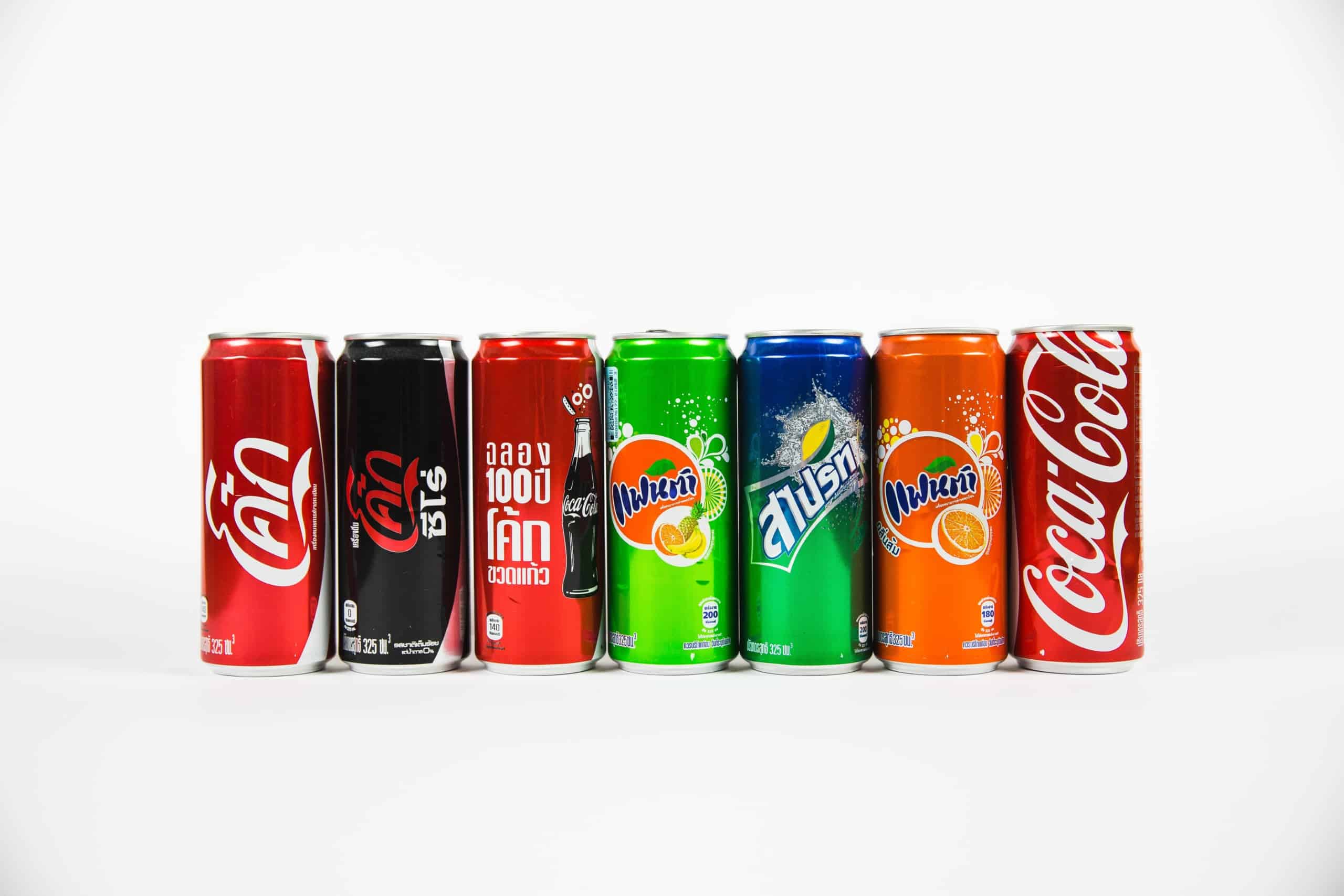Your medical practice’s Referral Program. In many cases it is the backbone of healthcare private practice marketing and includes chatting up your patients/clients in the hopes they will bring their family and friends to your door.
But what if I told you that this is the irreducible minimum of what your referral program should consist of?
#BrandLove
At the core of any referral program is the concept that your brand of healthcare is something patients and clients love. Referral management so to speak.
Word of mouth has always been, and always will be, the superior form of advertising. Why? Because people listen to their friends. There is a natural law of attraction at work here, “I like you, therefore I will probably like the thing you recommended.” This thought process is the beating heart of your referral program. And the better you understand what it takes to make a patient willing to stick up for you, the better off your practice will be.
By actual survey, the number one reason patients remain loyal to a doctor is not their branding, prices or even any loyalty rewards: it is YOU. The caring, compassionate support and knowledge they obtain when they visit your office is the number one reason clients and patients keep coming back. Why not capitalize on that fantastic amount of goodwill to really boost your referral program to the next level?
How?
By creating and marketing a referral program that speaks to your patients and drives home the message of how much you care.

Photo by mohamed_hassan on Pixabay
Surveys Are Key
When setting up your referral program, surveys are the most important step. The answers you find are the glue that will hold your entire program together.
A parent understands this. How many hours have you spent, whipping up a mad frenzy in the kitchen with the latest gadget, and ingredients that would make Martha Stewart proud—only to bring this culinary masterpiece to the dinner table and have little Jimmy whine, “…but I wanted mac and cheese!” Suddenly, everyone at the table is nodding eagerly, and shooting disdainful looks at your sad, lonely entrée.
Sooner or later, you come to your senses and start asking the question echoed down from ages past in American homes everywhere: “What do you guys want for dinner?”
Don’t be that new parent. An unsurveyed referral program is the biggest drain of your advertising dollars that you could possibly waste your time on.
Instead, jot down the following questions on a sheet of paper and leave them at the front desk for patients to fill out while they wait or plug them into SurveyMonkey and send it out to your email list.
You will notice the survey does not ask, “What do you want as a reward for bringing in your family and friends?” Such open-ended questions will give you too many varied responses, and some smart-mouthed person is bound to suggest, “$1 million”. By naming 3-4 options, you give them the freedom to choose and allow your referral program to stay within your means.
Now you have some material to work with, and if you’ve done your work properly, you can add up the answers (tabulation) and find the majority opinion about you or the practice.
Using your answers, formulate a referral card with real, honest statements promoting you. Not, “we’re the best!” but “our patients rate us the friendliest dentists in town,” and “you can count on us to treat your pet like family—just ask any of our clients!”. With the ring of truth, your words build trust which is the key ingredient in boosting your new patient’s numbers.
Furthermore, just asking what they think about your referral program is in itself a form of promotion—it gets people thinking about and talking up your brand, and you may get some proactive patients bringing in a friend or family member off the survey alone.

Photo by Kaung Myat Min on Unsplash
Ambassadorship
When you ask a client or patient to speak for your brand by influencing their family & friends into coming in or getting care, realize you are appointing them as ambassadors for your brand. And like any modern diplomat — these clients/patients are bringing your practice flag onto foreign soil. Most people are not born natural diplomats, so your first step ought to be arming them with the tools of their new profession.
A referral card is just the start. Be sure to tell your new ambassadors where they can find further information to answer questions their friends may ask about services, cost, etc. Maybe it is a stack of brochures in the waiting lounge, or a page on your website designed to welcome new patients. Giving your ambassadors the help they need in their new role will keep them coming back with more names.
There should be a person assigned to occasionally contact past referral sources and reactivating them. This is not a full-time position. An Office Manager or other staff member could easily spend no more than 15-minutes a week doing this, and still be successful. The idea is to make your ambassadors feel loved, and perk them back up after some ill-tempered person in their lives has spat on the idea of coming in, or their cat Fluffy died and they don’t feel like referring anymore, etc. Live communication is the key here—don’t leave this to an automated email.
Perks
US Ambassadors stationed in foreign countries earn an easy $125k annually. Consider what value you can add to your referral program by rewarding your patients (brand ambassadors) for the risk they take standing on the front lines of your marketing strategy. Whether it is free products, monetary returns or access to insider events, there needs to be some incentive if you wish people to continue to bring new patients in.
Once mom, dad, all their siblings and co-workers have been plastered with referral cards, even the most enthusiastic brand ambassador will quickly exhaust their own sources. It takes a well-surveyed reward—some perk they really want to win, to make patients/clients come out of their shell and tell more people about you. Encourage it by keeping your ambassadors pumped with new surveyed games and prizes to win.
The best referral perks are those that solidify your brand in the ambassador’s mind. Don’t just use Starbucks cards, or trips to the pool. Get clever about the way you match your referral program to your brand identity.

Photo by Jonny Caspari on Unsplash
Staying Top-of-Mind
Referral programs exist in every area of business, from e-commerce to sports, fashion and even brick-and-mortar bookstores. The commercial world has perfected the art of branded referral games & loyalty programs. So why not use these to boost your practice?
For more great examples of branded loyalty & referral programs, check out: https://blog.smile.io/best-ecommerce-loyalty-programs
Sure, big chains like Banfield or Aspen Dental might have loyalty games they use, but even there I see a lot of room for improvement. And isn’t it time doctors in private practice got a head start in the marketing arena?
Remember: what you want is to keep your brand top-of-mind. The way to do this is by positioning your referral perk with your brand.
Example
A Free Pet Portrait for the leading referral source of the quarter is a far better reward for a veterinarian referral program, or Front Row Seats At Our Upcoming Pet Beauty Pageant. Don’t use, “$25 Amazon Gift Card.” That does nothing for keeping your brand in the patient’s head.
Surveys should be used throughout this process. Come up with two or three clever names for your new referral program, and ask patients which they like the most. Be sure to leave a blank spot for them to suggest another idea.
Later, when you are ready to launch this—use split-test surveys to determine which referral card design they prefer. The more responses you survey for, the less time & money you will waste having to do it all over again because your referral program “didn’t work”.
Common Mistakes
The most common mistake I see healthcare professionals make when it comes to launching a referral game is to insist that their staff ask everybody for a referral. Not only is this bad marketing strategy, it also breaks the back of staff willingness to play the game—because we all know not every patient or client who walks through your doors is pleasant to work with or service.
As the saying goes, we are all the average of the top five people we spend the most time around. Why would you want the top five people who spend the most time around your least-favorite patients to come in your doors?
By narrowing your referral program “market” to those who you most enjoy seeing in the office, you can boost staff enthusiasm for your new referral game, and service more of the type of personality you enjoy helping. The simplest way is to have a morning huddle. You know each day who is coming in the door. Take a few minutes to go down the schedule, choose which patients you love and want to bring in more people like them, and assign one person who will already be interacting today with that patient, to talk to them about the referral program.
Another error sometimes made by executives and owners is to force introverts into the role of salespeople by demanding that, “everyone gets a referral by the end of the day or else…”
A better method is to reward those who do achieve targets, and leave it at that. The most successful launches I have ever seen in healthcare referral have been where both the staff and your market have the opportunity to win prizes. Allowing your staff to gain by choosing to participate gives them motivation to mention referrals, sometimes overcoming any personal tendencies toward shyness or introversion, and getting them onboard guarantees a great deal more word-of-mouth.
The Launch
At this point, you want to look for affiliate marketing relationships you can foster, specifically with local businesses. Where can you find a symbiotic system where you refer patients to their business, and they refer clients to your practice? An example for a vet might be a pet store nearby; for a dentist, it could be the floral shop where you buy thank you gifts for patients who refer. This is a great way to promote yourself without adding a lot of time or resources—because you’re asking for a referral from someone who already wants your business.
Take the time to really consider the terms and conditions around your referral program and any game you play. Are there loopholes an unethical person could use to take advantage of your practice or make the game unprofitable?
When launching any new, untested marketing program for the first time, I always recommend not spending more than you could recover with a single new patient, unless there is some guarantee of an exact return on investment. Do the math and make sure the cost of launching this game will not exceed the profits you earn should it succeed.
Next, it is time to finally design your referral card. Many healthcare professionals tell me they haven’t a clue where to begin when it comes to creating branded content. Out-sourcing everything to a freelance graphic designer can get expensive, although it does solve the problem. A less costly, if more time-consuming solution is to use the genius content-creator Canva.com. This still demands that you come up with an initial idea and have some concept of what makes a design aesthetically pleasing.
Now it is time to launch your new referral program! Hand out cards to your staff, and have them name which patients or clients they plan to speak to that day or week. After you have gotten a referral and a new patient comes in, it’s important to have a system for referral management— tracking who has earned a reward, and sending out thank you cards. I recommend a handwritten card or email. Remember—each new patient is worth thousands of dollars to your practice. Handwriting a thank you is well worth the effort.
Summary
No matter how you look at it, a referral program makes sense for every company or practice in any field of business. It requires no real investment of additional resources because it makes the best use of the time you already spend with existing patients or clients when they’re already in your office. The ROI is thousands of dollars compared to a few dollars spent on a referral card and thank you discounts or rewards.
A well-constructed and executed referral program is like the gas pedal of your practice. It is the easiest way to control the new patient inflow. When you want more patients, you push heavily on this program; and when you’re getting overwhelmed with the workload—just ease off until you catch up.










